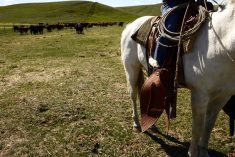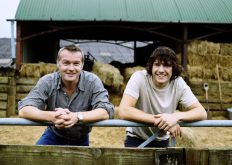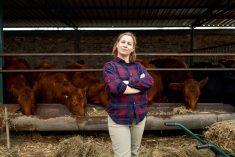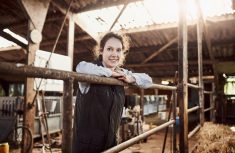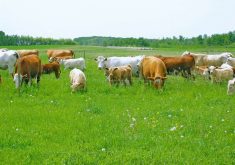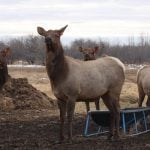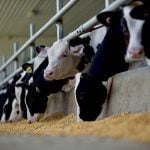In the early ’90s, leadership expert Peter Senge wrote a book called the The Fifth Discipline: The Art and Practice of the Learning Organization. At the time, the ideas were a helpful guide to navigating the pace of change we were encountering. Now, over 30 years later, I think it is still relevant as it seems that pace continues to accelerate.
Senge presents his theory using the base of four core disciplines, then, as the name suggests, added a fifth.
Read Also
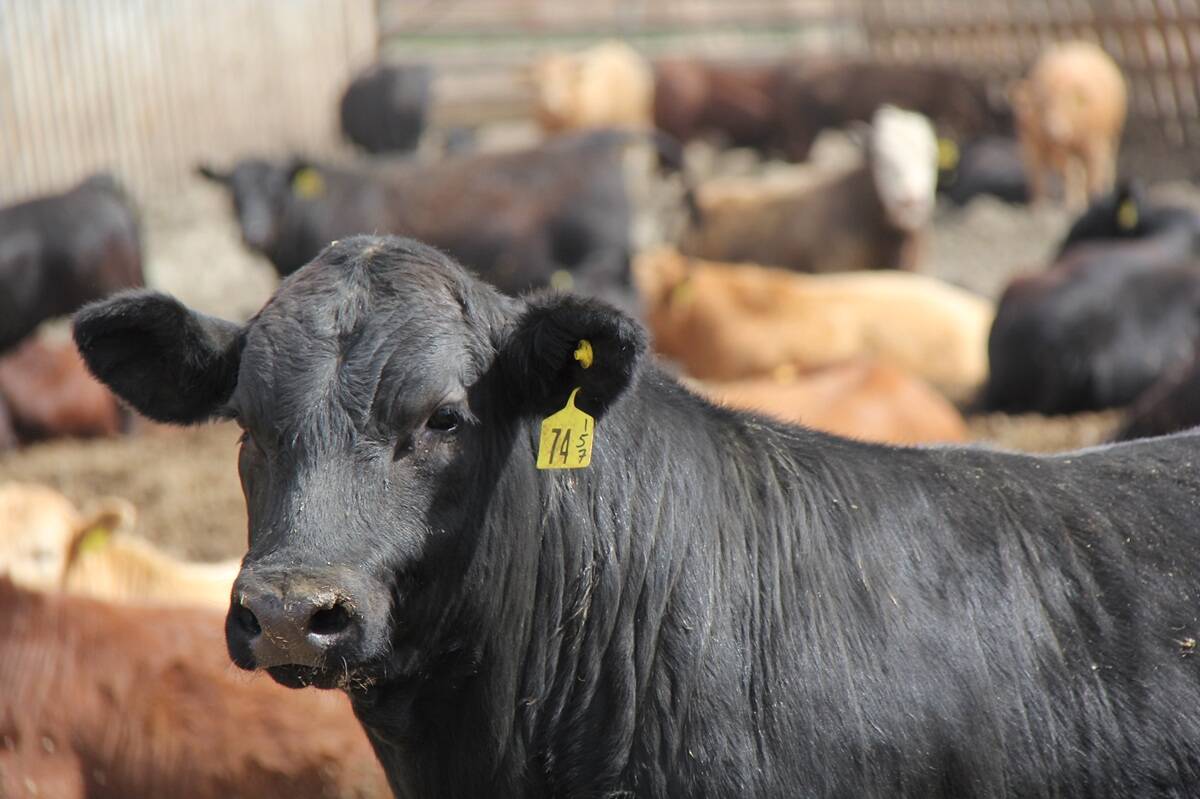
Mycoplasma bovis in beef cattle causes more than pneumonia
M. bovis causes pneumonia and is a major cause of infectious arthritis in calves and feeder cattle
The first core discipline is personal mastery. “Personal mastery is the discipline of continually clarifying and deepening our personal vision, of focusing our energies, of developing patience and of seeing reality objectively,” Senge writes. He sees personal mastery as the cornerstone of the learning organization. For those of us in agriculture, the winter season presents a wealth of opportunities to further our learning with the many trade shows and conferences offered. In these post-COVID times, participating in virtual or online learning is also an option.
[RELATED: ‘Depth of Field’ video extras]
The second discipline is mental models. These paradigms are the assumptions, beliefs and generalizations that shape how we see the world. In holistic management, we explore and try to challenge these beliefs, stressing that they are not good or bad. Instead, we consider whether they are still serving us, or if it’s time to look at new ones. It could be as simple as questioning what line of machinery or breed of cattle a person thinks is best. A key part is recognizing that not everyone views the world in the same way. On our operation, our paradigms were challenged when we took larger pastures, referred to as cells, subdivided them into smaller paddocks and moved cattle around based on recovery time of plants and available forage. Before that, we had followed a continuous grazing model, with herds being turned into large pastures for the growing season. Again, it is not about passing judgment so much as examining our beliefs to see if they still serve us.
Senge’s third discipline is building a shared vision. He writes, “When there is a genuine vision (as opposed to the all-too-familiar ‘vision statement’), people excel and learn, not because they are told to but, because they want to.” He suggests that one of the biggest challenges was creating processes to help people discover their own true vision. They then needed to share and create an overall vision for the organization that each member felt “true” ownership in. I think this still holds. An example I have shared many times is the sign on the wall at the hotel that says, “Above all, we believe in excellent customer service” and then one experiences the total opposite. The challenge again has been creating a vision that all members feel part of, rather than the top-down statement from upper management.
Also, recognize that the vision statement is dynamic. It is going to change and develop as the members of the team change, and as individuals develop. No matter whether it is referred to as a holistic goal or context, it is important to have a regular practice of revisiting the vision.
The fourth discipline is team learning. “Team learning is vital because teams, not individuals, are the fundamental learning unit in modern organizations. Unless teams can learn, the organization cannot learn.” A personal example that comes to mind is when working cattle together. Many years ago, members of our team attended Bud Williams’s livestock handling workshops. Each of us gained a tremendous amount of knowledge. However, when we first tried to combine our learnings, we were not so successful. While discussing this with livestock handling expert Dawn Hnatow recently, she stressed the importance of practicing to learn how to work better as a team. Anyone involved in team sports will likely be able to relate to this.
Systems thinking is the fifth discipline that Senge came up with. “It is the discipline that integrates the disciplines, fusing them into a coherent body of theory and practice,” he says. Systems thinking includes the idea of holism, that things are interconnected, or that the whole is greater than the sum of the parts. It follows the idea that isolating parts will not give us a true understanding. Think of the components of a fence — wire, staples and posts. Separately, these components will not contain livestock. But even combined in different ways, they can achieve that. Senge adds that it is a framework for seeing interrelationships as well as things, and for seeing patterns rather than individual snapshots.
As part of this fifth discipline, Senge came up with certain laws that go along with it:
- Today’s problems come from yesterday’s “solutions.”
- The harder you push, the harder the system pushes back.
- Behaviour grows better before it grows worse.
- The easy way out usually leads back in.
- The cure can be worse than the disease.
- Faster is slower.
- Cause and effect are not closely related in time and space.
- Small changes can produce big results — but the areas of highest leverage are often the least obvious.
- You can have your cake and eat it too — but not at once.
- Dividing an elephant in half does not produce two small elephants.
- There is no blame.
These principles can be helpful as we move our teams and organizations toward the model suggested by Senge. Each principle is worth pondering to provide insight and prompt further discussions.


